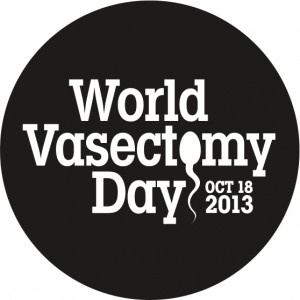Vasectomy recovery can be uneventful if the patient reads and fully understands the post vasectomy instructions. Ask for clarification if you have any questions on the post vasectomy care. Most physicians in Minnesota will allow you to drive yourself home after surgery if you don’t need to take any sedatives, but you have to arrange for transportation if you will be sedated. The vasectomy patients rarely need any sedation.
The post-operative discomfort is quite mild after a vasectomy. Local anesthesia given during the surgery will begin to wear off about an hour after the procedure. You may take Tylenol or Ibuprofen for pain control, but narcotics are rarely needed. Pain and swelling can be minimized by elevating your legs, staying off your feet and applying ice packs to the scrotal area after surgery.
Antibiotic ointment, gauze and an athletic supporter will be placed over the wound immediately following the procedure. Continue to apply the antibiotic ointment daily until the skin puncture site is completely healed. The athletic supporter should be worn for at least 2 days.
Once you return home after the surgery, relax and rest. It is not practical to apply ice pack in the first day because you have high stack of gauze under the athletic supporter. You may apply the ice packs intermittently for the first 48 hours to reduce swelling in the scrotum after the gauze is removed. Overall, Applying ice packs are no longer critical for no-scalpel vasectomy since the trauma is so minimal.
Patients in the Minneapolis and St. Paul areas often notice scrotal swelling in the first week following the surgery. The swelling often increases with activity, and may be relieved by wearing the athletic supporter and resting.
You may shower and spend more time walking on the second day. Soaking in a warm bath is allowed once the incision has scabbed and can be soothed and beneficial to healing. Heavy lifting or vigorous physical activity should be avoided for 1 to 2 weeks.
A small amount of bleeding is normal but active bleeding is not. Call the physician if you experience a significant amount of bleeding or swelling from the incision site or within the scrotum.
Infectionis very uncommon following the no-scalpel vasectomy procedure in Minnesota. Contact your physician if you notice excessive redness, tenderness, warmth or drainage from your surgical site.
Bruising over the scrotal skin is common following vasectomy. Call the physician if the scrotal sac is severely bruised and/or expanding in size.
Some men develop a small, tender nodule where the vas was cut. These sperm granulomas can produce discomfort, but almost always resolve spontaneously. You can have the site re-examined if you are concerned.
Semen examinations should be performed to document the success of the surgery. Another form of contraception (such as condoms) should be used until you have been notified by your physician that you have had one or two negative semen checks documented. During the first week after surgery, there should be no sex and/or ejaculation. It is important to note that the patient will not be considered sterile for several months after vasectomy. It is important to resume ejaculation because it takes up to 20 ejaculations for any remaining sperm to be released. A semen sample will be examined about 12 weeks or 20 ejaculations after surgery to determine if sperm is still present.







